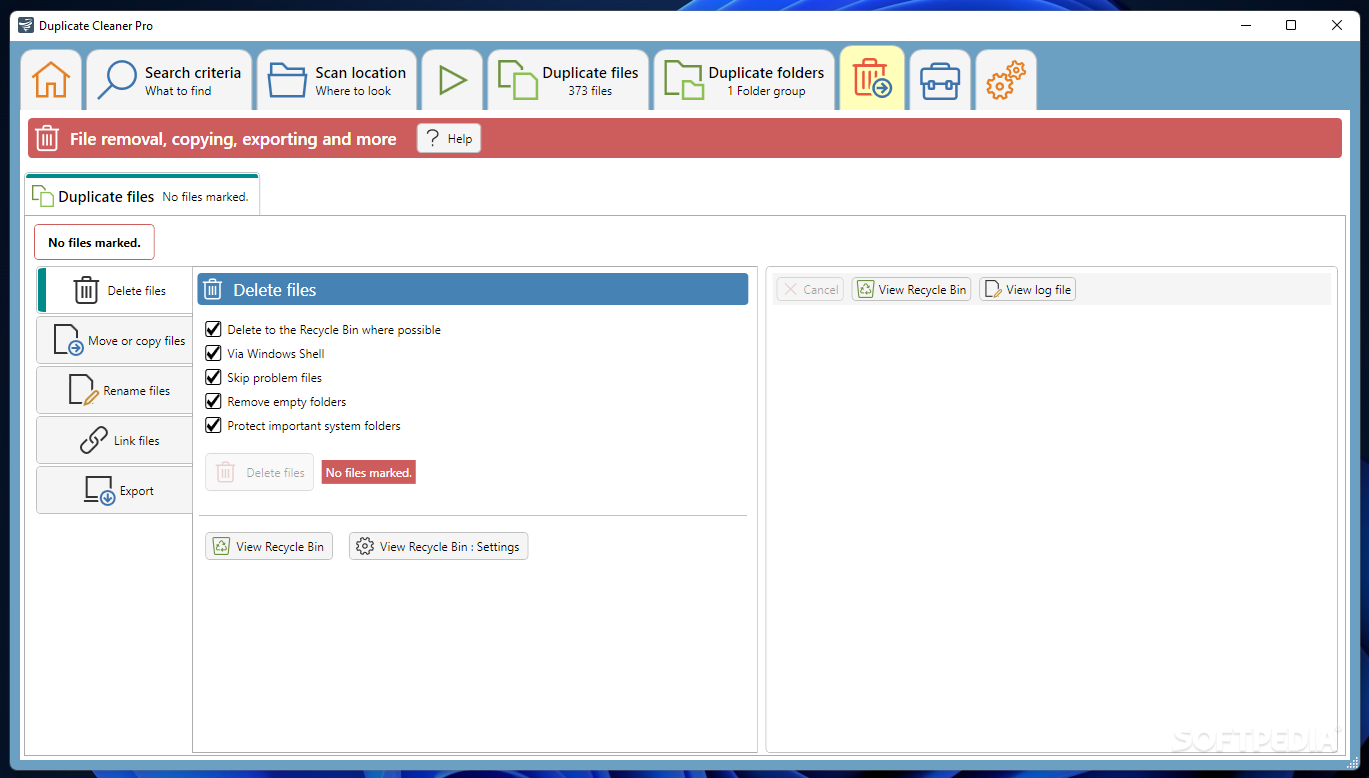
This issue is specific to 1st generation transit ToR switches and does not affect 2nd generation ToR switches (switch models with -EX or -FX in the name). ■ When there are silent hosts across sites, ARP glean messages might not be forwarded to remote sites if a 1st generation ToR switch (switch models without -EX or -FX in the name) happens to be in the transit path and the VRF is deployed on that ToR switch, the switch does not forward the ARP glean packet back into the fabric to reach the remote site. In the Known Behaviors section, added the following bullet: ■ Fabric connectivity ports can operate at 10G or 25G speeds (depending on the model of the APIC server) when connected to leaf switch host interfaces.ģ.2(6i): In the Open Bugs section, added bug CSCuu17314, CSCve84297, and CSCvg70246. In the Miscellaneous Guidelines section, added the bullet that begins as follows:

The fexId property is only used when the port selector is associated with an infraFexBndlGrp managed object. ■ When you create an access port selector in a leaf interface rofile, the fexId property is configured with a default value of 101 even though a FEX is not connected and the interface is not a FEX interface. In the Miscellaneous Guidelines section, added the following bullet: In the Miscellaneous Compatibility Information section, updated the latest supported CIMC releases to:

In the Miscellaneous Compatibility Information section, CIMC release 4.1(1g) is now recommended for UCS C220/C240 M4 (APIC-L2/M2). In the Miscellaneous Compatibility Information section, for CIMC HUU ISO, added: In the Open Bugs section, added bug CSCvt07565. In the Miscellaneous Compatibility Information section, added: Table 1 shows the online change history for this document. Exceptions may be present in the documentation due to language that is hardcoded in the user interfaces of the product software, language used based on RFP documentation, or language that is used by a referenced third-party product. For the purposes of this documentation set, bias-free is defined as language that does not imply discrimination based on age, disability, gender, racial identity, ethnic identity, sexual orientation, socioeconomic status, and intersectionality. Note: The documentation set for this product strives to use bias-free language. You can access these documents from the following website:
#Duplicate cleaner pro 3.2.6 key how to#
You can watch videos that demonstrate how to perform specific tasks in the Cisco APIC on the Cisco ACI YouTube channel:įor the verified scalability limits (except the CLI limits), see the Verified Scalability Guide for this release.įor the CLI verified scalability limits, see the Cisco NX-OS Style Command-Line Interface Configuration Guide for this release. See the following website for the most recent version of this document: Release notes are sometimes updated with new information about restrictions and bugs.

Note: Use this document with the Cisco Nexus 9000 ACI-Mode Switches Release Notes, Release 13.2(6), which you can view at the following location: This document describes the features, bugs, and limitations for the Cisco APIC. The Cisco Application Centric Infrastructure Fundamentals guide provides complete details about the Cisco ACI, including a glossary of terms that are used in the Cisco A CI. Cisco Application Policy Infrastructure Controller (APIC) is the software, or operating system, that acts as the controller. This architecture simplifies, optimizes, and accelerates the entire application deployment lifecycle. The Cisco Application Centric Infrastructure (ACI) is an architecture that allows the application to define the networking requirements in a programmatic way. Cisco Application Policy Infrastructure Controller Release Notes, Release 3.2(6)


 0 kommentar(er)
0 kommentar(er)
